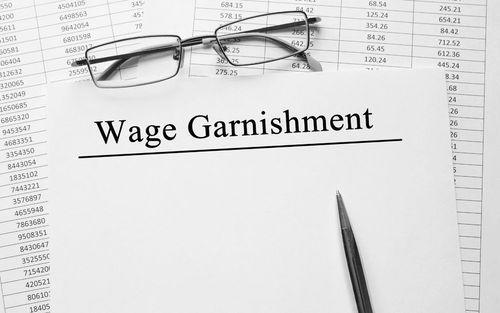We all know that employee wages can be garnished. As an employer, it may be a tricky process to navigate. Here are 6 ways employers can comply with the garnishment process and avoid liability for their employees’ debts.
Let’s answer the most obvious question right now: What is garnishment? Garnishment is a legal process where a creditor is entitled to intercept the earnings of a debtor. For example, if Larry (the creditor) gets a judgment against Moe (the debtor/employee), and Larry knows Moe is owed money (wages) from Curly (the employer), Larry can send garnishment paperwork to Curly demanding that Curly pay to Larry what Curly would normally pay to Moe.
1. Answer The Garnishee Summons And Disclosure
The creditor must send the employer a garnishee summons and disclosure. This is a demand from the creditor for the employer to give as much information as possible about the employee. In wage garnishment situations, the employer is asked about the employee’s earnings – total earnings, tax deductions, withholdings – and the employer has to make simple calculations using figures it already includes when running payroll. The number left over after calculations is the amount the employer must withhold from the employee’s paycheck and reroute to the creditor. Always return the forms to the creditor.
2. Don’t Ignore The Garnishee Summons
Ignoring the garnishee summons to protect the employee is not a good idea. If the employer ignores the garnishee summons and fails to respond, the creditor can ask the court to make the employer responsible for the employee’s debt. Instead of withholding from the employee’s wages, the employer could be withholding from its own profit.
3. Don’t Withhold More Than Calculated
The employer may not like a particular employee or want to get the garnishment over quickly so the employer doesn’t have to keep garnishing wages. Resist any temptation to withhold more than the withholding calculation. The employer may be liable to the employee for withholding too much. If the wage calculation comes out to zero or a negative number, then don’t withhold anything. Return the disclosure form with the proper calculations that show a zero or negative balance. Don’t try to help the creditor if there are no wages left to garnish.
4. Send The Creditor The Right Amount
It’s hard being an employer in a small business because you learn a lot about your employees, including their personal lives. Resist the urge to help out the employee by not withholding as much as calculated. Just like ignoring the garnishee summons, the employer could be liable to the creditor for not withholding enough wages. The employer would have to make up the difference between what was actually withheld and what should have been withheld.
5. Don’t Fire The Employee
The law is clear on this. “No employer may discharge any employee by reason of the fact that earnings have been subjected to garnishment or execution.” Withholding wages can be a pain and unnecessary paperwork. But if the employer terminates an employee because of garnishment, the employee can bring a lawsuit against the employer and recover twice the wages the employee lost as a result of being terminated.
6. Ask Questions
Some employers don’t read or understand all the laws related to being an employer. If you are one of those employers, and you don’t understand any garnishment paperwork you receive, call a business attorney. Think of the attorney as an investment against being named in a lawsuit by a creditor for not filling out the paperwork or the employee for taking out too many wages. The employer may have to spend a little bit more on the front end, but it may prevent a big loss on the back end.
The attorneys at SW&L have knowledge and experience in helping employers, business owners, and managers in all phases of business operation. If you need help navigating the garnishment process, contact our Business Law Team in Fargo, ND by calling 701-297-2890.
The information contained in this article and on this website is for informational purposes only and not for the purposes of providing legal advice. You should contact an attorney to obtain advice with respect to any particular issue or problem.










